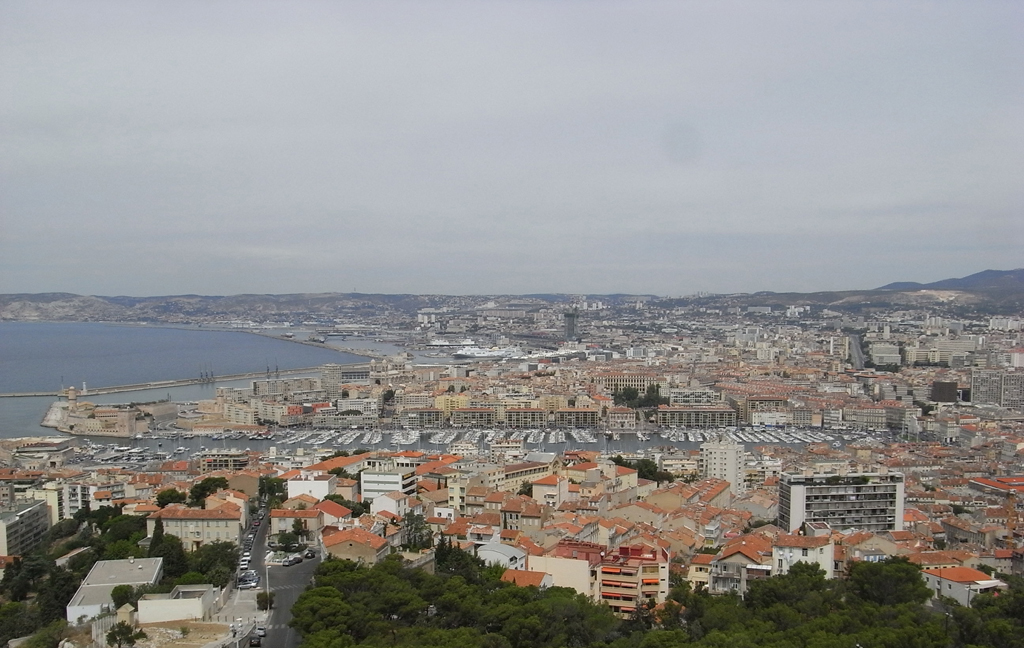After decades of waterfront redevelopment, there is a crucial need to discuss what have been the economic and social benefits of such initiatives for port cities. Drawing a global snapshot of the current situation is difficult, however, due to the diversity of local contexts and redevelopment projects. Redeveloped waterfronts could be classified according to various aspects, such as their dominant function (e.g. housing, education, culture, heritage, tourism, recreation, business) or the governance structure of main projects in terms of actors and decision levels. Perhaps, a more useful benchmark of new waterfronts would focus on their ability to tackle crucial wider social, economic, and spatial challenges of the port city. Originally aimed at reintegrating the urban world after a period of separation, is the redeveloped waterfront a new enclave or a truly shared space, to borrow an expression from Brian Hoyle?
Integration appears as a useful concept for making such investigation. Many port cities inherited strong divides between rich and poor, white and blue collars, high and low skilled workers, immigrants and locals, young and old, males and females, employed and unemployed, which are often spatially distributed between river banks, core and periphery, CBDs and “sailortowns”. Attracting the upper and creative class through waterfront redevelopment might increase rather than decrease social divisions as in many other gentrification projects. Some port cities relegated the working class to the periphery before redevelopment, while others simply created ex-nihilo upper-class enclaves through sea reclamation turning their backs to downtown areas. The search for exploiting seaside / riverside rents to a maximum led many port cities to get rid of their industrial base and dirty transport flows as quickly as possible. There are too few examples of waterfront redevelopments putting priority on social integration although solutions do exist: mixed housing, educational and training facilities, etc. Culturally in postmodern waterfronts, maritime identity remains the artificial support of a branded image claiming a cosmopolitan atmosphere.
Economically, maritime and port clusters are in all discourses. Yet, many redevelopment projects do not make sufficient use of local skills. Universities and research laboratories located in port cities which expertise on ports, logistics, cities, planning, engineering, and economic development, are often neglected (if not ignored) contrary to other organizations such as global consultants and private developers in the design of projects. Another example is the privilege given to non-port-related activities. Such projects might not be desirable if they create commercial overcapacity and cultural uniformity, even when they are plugged inside a renovated warehouse for the sake of heritage conservation. New shopping malls and recreation areas tend to replicate the city center without any support to marine-related activities of all kinds such as equipments, seafood, art, advanced producer services, industrial tourism, eco-parks, etc. The lack of coordination on land-use and planning aspects as well as budgets often leads to favor global branding versus local innovation.
Poor physical integration between the new waterfront and the rest of the city also had negative consequences. Efficient spatial integration in terms of compactedness and transport connectivity may reduce carbon emissions and congestion within a port city where truck flows are often more voluminous than in other cities, and where urban spatial structures are more linear thus favoring mass transit. Transversal, intermodal, light flows are thus needed to better integrate the new waterfront with the rest of the city notably through efficient public transport schemes including river and coastal passenger transport. Such problems are often approached too late after the projects are finalized. There are numerous examples of ferry towns unable to create local value added from tourist flows because of wrongly located terminals bound to transit with no impact on local business.
This is where waterfronts of the future should concentrate their minds in order to avoid the risk of being re-abandoned and re-re-developed, this time with longer-term views.
 An aerial view of the Vieux-Port from Notre-Dame-de-la-Garde, Marseille.
Head image: An aerial view of Rotterdam Port.
An aerial view of the Vieux-Port from Notre-Dame-de-la-Garde, Marseille.
Head image: An aerial view of Rotterdam Port.